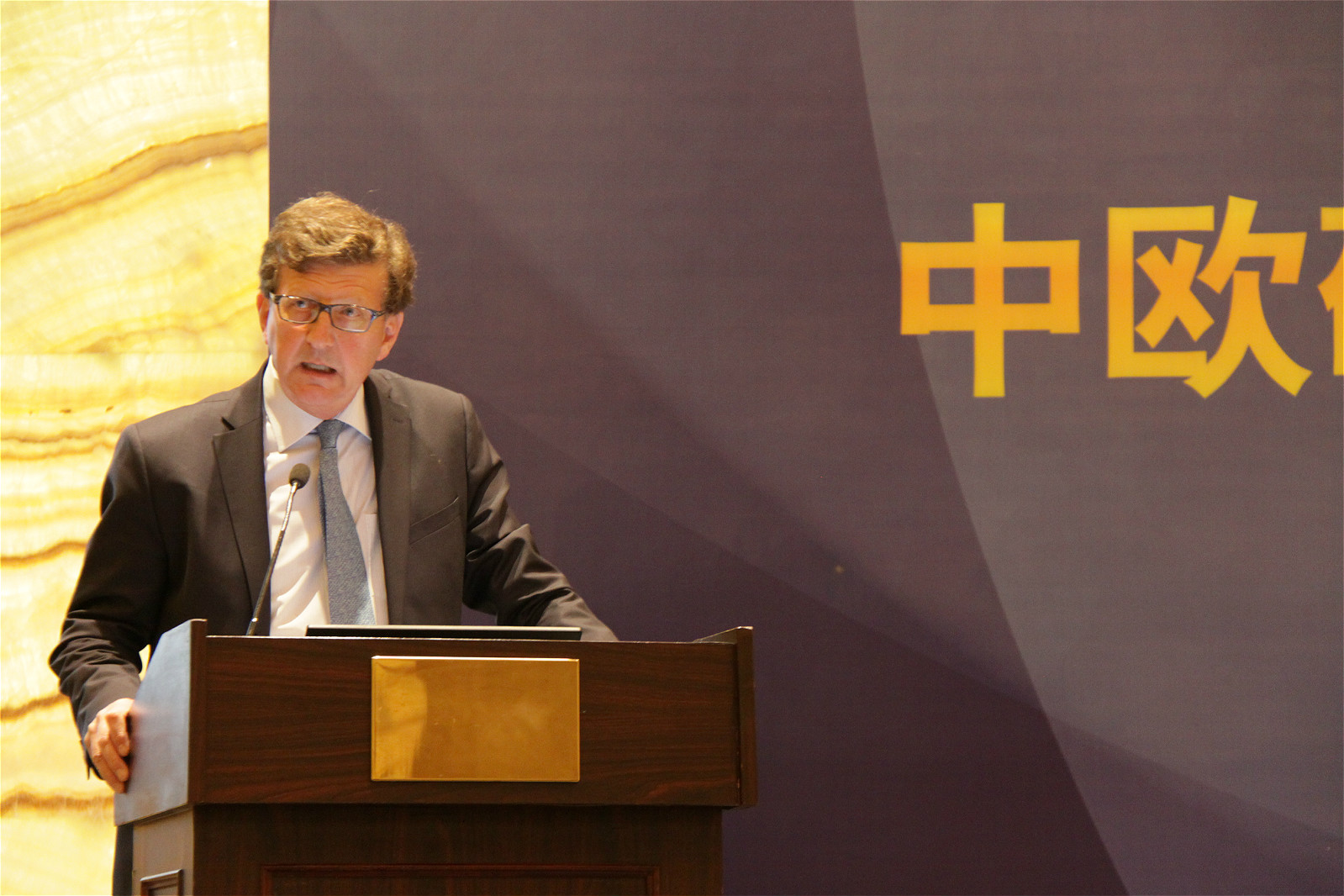The European Commission and China's newly-created Ministry of Ecology and Environment held their first policy dialogue on emissions trading in Beijing on 26 April, following the recent launch of China's nationwide carbon trading system.
The policy dialogue was held within the framework of an ongoing bilateral cooperation project, through which the Commission is supporting the Chinese authorities to implement and develop their emissions trading system (ETS).
The project was renewed in October 2017 and will run until September 2020, with a budget of €10 million (over 70 million yuan). As well as focusing on capacity and training activities, the project aims to establish regular bilateral policy dialogues on ETS, up to 2020 and beyond.

Mauro Petriccione, Director-General of DG CLIMA gave closing remarks of the launch event
At an event to mark the launch of the new cooperation project in Beijing on 25 April, Mauro Petriccione, Director-General of the Commission's climate action department (DG CLIMA), said:
"Our bilateral cooperation should involve a formal mechanism that will allow us to exchange views and information on policy design and development related to emissions trading. Better understanding each other could result in opening up new ways of closer cooperation."
China launched its national ETS on 19 December 2017. While initially focusing on the power generation sector, the system will be extended over time to cover seven other sectors including cement, steel and aluminium.

Li Gao, Director-General of Department of Climate Change, MEE
The nationwide system follows the roll-out of seven pilot systems in major cities including Beijing and Shanghai and in the Guangdong and Hubei provinces since 2013. A first EU-China cooperation project on emissions trading was carried out from 2014-2017 to support the pilot phase.
The EU uses its long-running Emissions Trading System (EU ETS) to reduce greenhouse gas emissions from large power stations, industrial plants and flights within Europe. Covering nearly half of all EU emissions, the EU ETS has been significantly strengthened up to 2030, in order to help the EU reduce its emissions by at least 40% by 2030 compared to 1990, as committed to under the Paris Agreement on climate change.